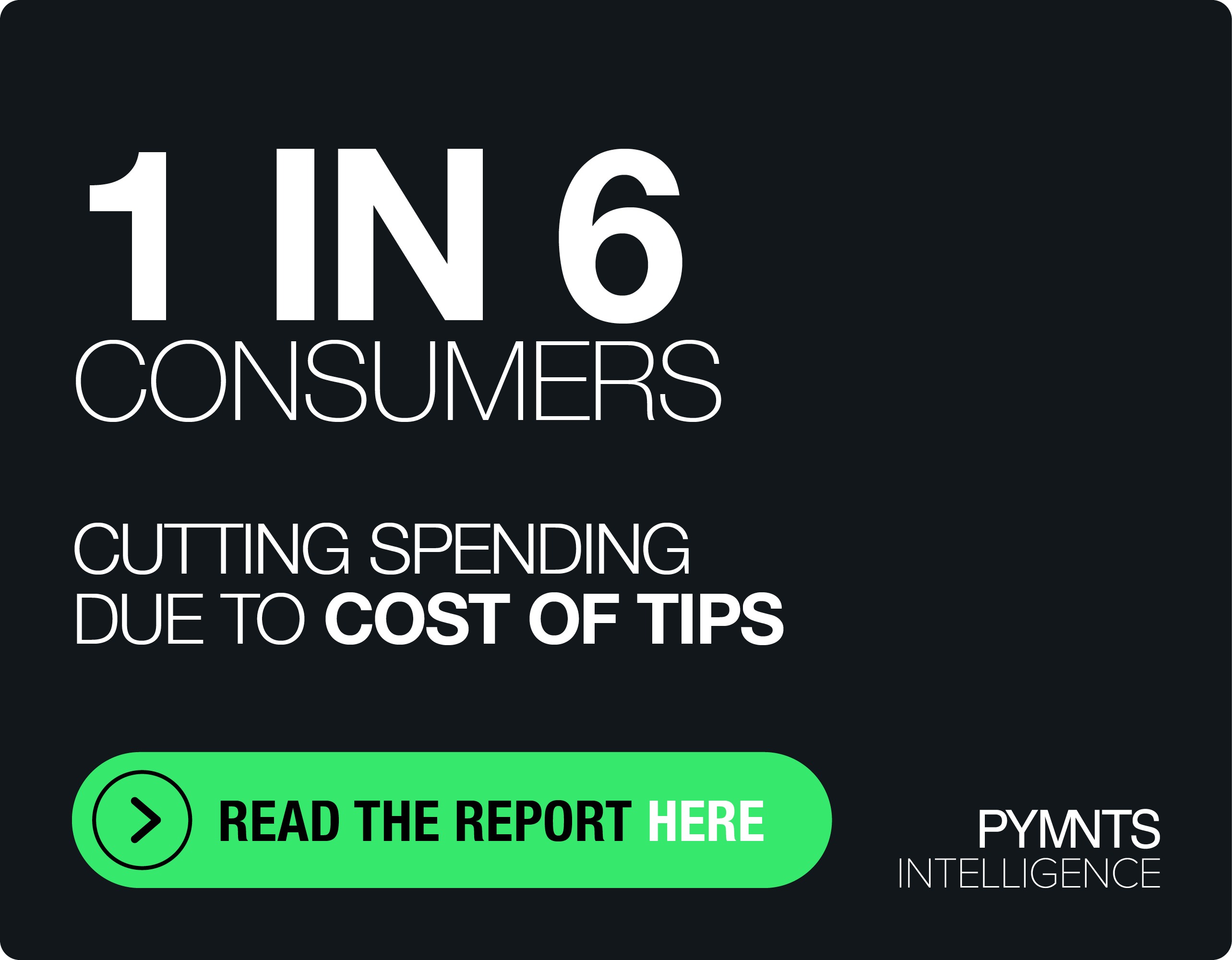NEW REPORT: How COVID-19 Changed Daily Life For 85 Percent Of US Consumers

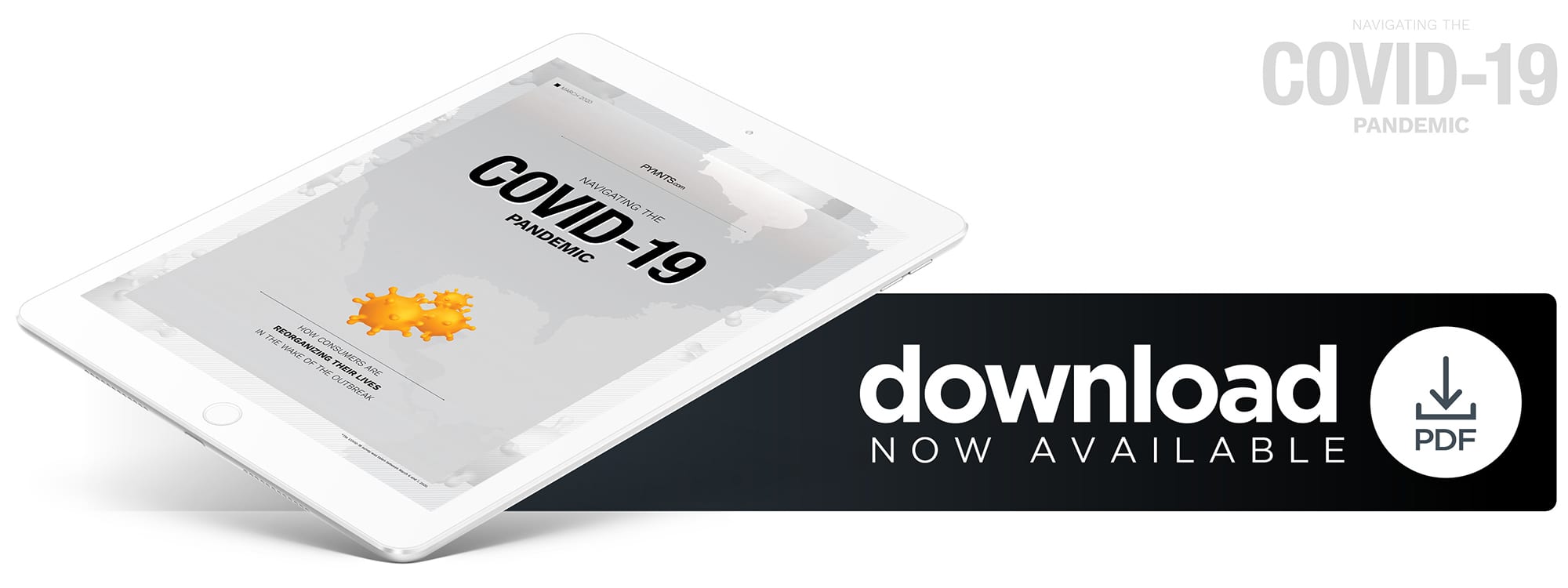 The United States has reached a tipping point on COVID-19, with federal state and local governments implementing new restrictions on where consumers can travel, how many can gather in any given location and requiring restaurants and bars to shut their doors in the hopes of slowing the spread.
The United States has reached a tipping point on COVID-19, with federal state and local governments implementing new restrictions on where consumers can travel, how many can gather in any given location and requiring restaurants and bars to shut their doors in the hopes of slowing the spread.
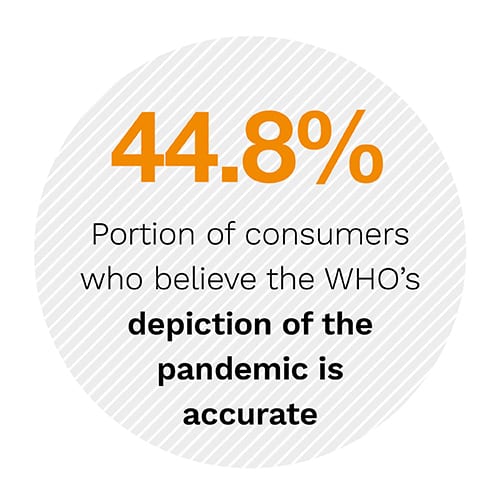 But for all the actions these governmental bodies have taken to restrict consumers’ movements, most consumers had already changed their routines to avoid it, on their own free will.
But for all the actions these governmental bodies have taken to restrict consumers’ movements, most consumers had already changed their routines to avoid it, on their own free will.
On March 6, 2020, for the new COVID-19 Brief series, PYMNTS surveyed a census-balanced panel of more than 2,000 U.S. consumers to learn more about how they changed their daily lives in response to the COVID-19 pandemic. How concerned were they about the risk of contagion? How did this fear change the way they chose to live their daily lives before state and federal governments began shuttering stores and restaurants?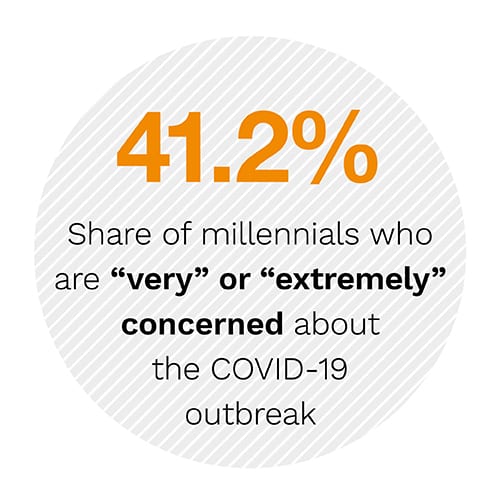
There is no clear answer to these questions, in part because each and every consumer segment seemed to have had a different reaction to news of the outbreak. Consumers earning less than $50,000 per year expressed the most concern, for example, with 39.3 percent saying they were very or extremely concerned about it.
This higher level of concern translated to real-world behavior change, with low-income consumers also being the most likely group to have curbed their in-store shopping in response. Our research shows that the share of low-income consumers shopping in stores decreased 32.5 percent after news of the outbreak spread, compared to 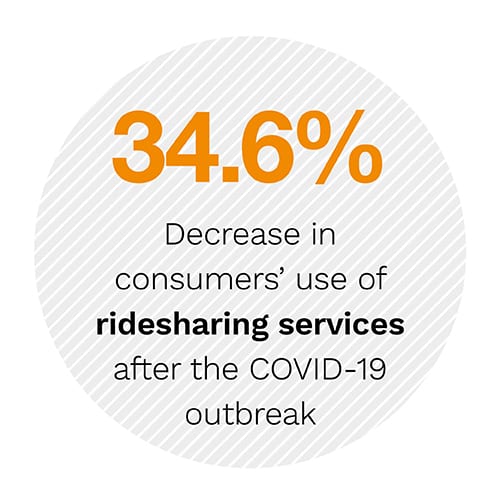 27.7 percent among high-income consumers.
27.7 percent among high-income consumers.
Not all shopping channels exhibited such precipitous drops, though. Mobile shopping actually saw a boost. The share of consumers shopping via mobile increased 7.7 percent, overall, in early March, and even more among high-income consumers. This income bracket was shopping via mobile 10.5 percent more often than they did before the pandemic, while 8.2 percent of low-income consumers did the same.
Income seems to relate to consumers’ post-pandemic spending habits, but it is hardly the only factor that has an impact.
To learn more about how U.S. consumers were responding to the early onset of the COVID-19 pandemic, download the brief.
